Languages of Distress
Sometimes it’s the way you process information (automatic thoughts, all or nothing thinking, overgeneralization, etc.) that leads to distress. Cognitive behavioral therapy works great for that.
But sometimes distress arises from the body in the form of unarticulated physical sensations, and these are generated by an older, pre-language part of the brain. This is the case for many with PTSD, panic attacks, and even those with chronic pain. The brain regions that create those types of experiences don’t always respond as well to cognitive and verbal approaches. You need to speak a different language. You need to go through the body and signal conclusion, safety, and control.
Oftentimes, we need a bit of both. In my opinion, this is the real meaning of the mind-body connection — not some Gwyneth Paltrow $75 aromatherapy bundle — but an appreciation for how many languages the human system speaks, when and how to use each one, and and overall deep reverence for the interconnectedness of our nature.
